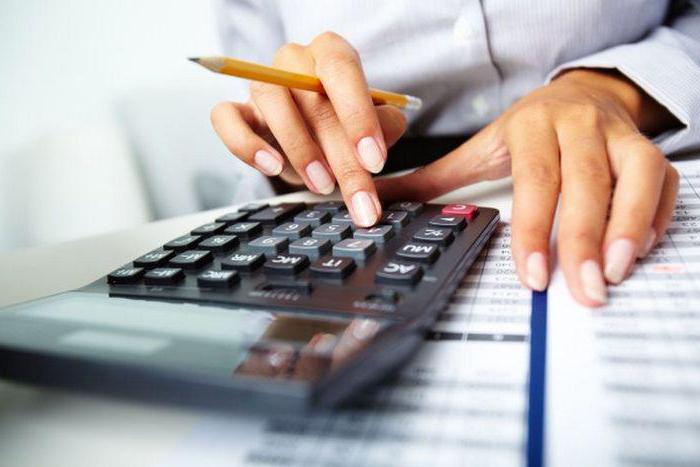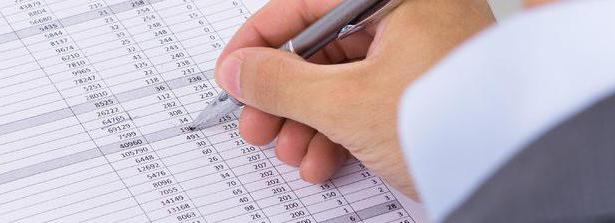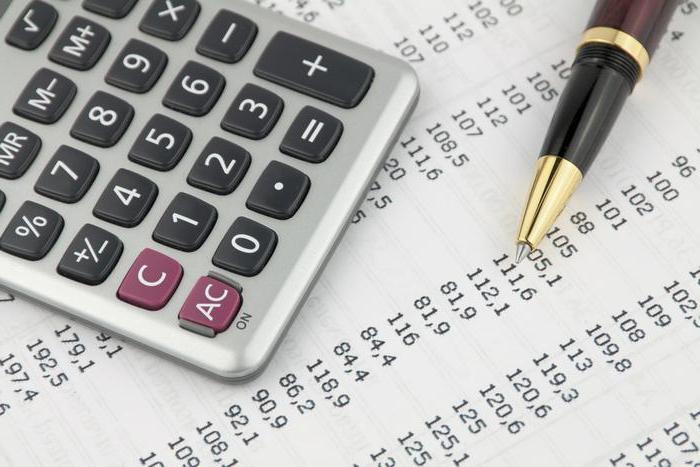44 accounting account accounting is an article summarizing information about the costs associated with the sale of goods, the provision of services or the performance of work. It is used by various enterprises engaged in industrial and other production activities. Let us consider in more detail 44 account accounting. Postings, examples of expenses will also be presented in the article. 
General information
First of all, it is necessary to find out whether the 44 account is active or passive? For specialists with some experience in preparing balance sheets and reporting, this question does not arise. Any competent accountant knows that account 44 is active. It reflects various costs depending on the specifics of the enterprise. Additional articles that may contain 44 accounts are subaccounts for distribution costs:
- Not subject to UTII (44.1.1).
- Subject to distribution (44.1.3).
- Subject to UTII (44.1.2).
In addition, often open sub. 44.2 - selling expenses and 44.3 - selling expenses. 
Industrial and manufacturing companies
For such enterprises, 44 an accounting account is an article that summarizes information about the costs of:
- Packaging and packaging of goods in warehouses of finished products.
- Delivery of products to the point (marina, station) of departure, loading it into wagons, cars, ships, other vehicles.
- Maintenance of premises intended for storage of products in places of its sale.
- Wages of sellers of enterprises engaged in agricultural production.
- Advertising.
- Representation.
- Commission deductions (fees) that are paid to sales and other intermediary enterprises.
- Other similar activities.

Trading organizations
For these companies, 44 an accounting account is an article that reflects the costs of:
- Transportation of products.
- Payroll.
- Rent.
- Maintenance of structures, buildings, premises, equipment.
- Storage and processing of products.
- Advertising.
- Representation.
- Other similar expenses.
Harvesting and processing agricultural products of the company
Agricultural products include a variety of products: cotton, wool, vegetables, milk, flax, leather raw materials, poultry, livestock and so on. The most popular expenses, which the 44th account reflects, are the costs of maintaining reception and procurement points, animals in them. The article in question may reflect information about other costs. 
Account 44 in accounting: closing
The debit accumulates the amount of costs incurred by the enterprise in connection with the implementation of work, goods, services. They are subject to full or partial write-off in DB mid. 90. In the latter case, shall be distributed:
- At enterprises that conduct industrial and other manufacturing activities, the costs of transportation and packaging. The distribution of expenses is carried out between separate categories of shipped goods every month in accordance with weight, volume, cost or other indicators.
- At enterprises engaged in trading or intermediary activities, transportation costs. The distribution of expenses is carried out between the sold and the remaining goods on the last date of each month.
- At enterprises processing and harvesting agricultural products - in DB SCH. 15, reflecting the sum of the costs of the acquisition and procurement of material assets, or cf. 11, summarizing information on the costs of harvesting poultry and livestock.

Other expenses are also subject to write-off, which account 44 reflects in accounting. Closing in other cases not specified, is carried out by transferring the amounts to the cost of sales of products, works, services.
Account 44 in accounting: postings
At the end of the month, expenses for transport services provided by intermediaries may remain. After they are credited to account 44, no accounting entries are posted. These costs remain and are carried forward to the next month. The account in question corresponds to the following articles:
By debit:
- Depreciation of fixed assets (cf. 02).
- Settlements with various creditors / debtors (account 76).
- Intangible assets (sc. 04).
- Depreciation of intangible assets (cf. 05).
- Materials (c. 10).
- Settlements with accountable persons (cf. 71).
- Deviations in the article of material values (cf. 16).
- Ancillary proceedings (c. 23).
- Settlements with employees on salary (p. 70).
- VAT on acquired items (inv. 19).
- Serving farms and industries (c. 29).
- Settlements for fees / taxes (tab. 68).
- Goods (c. 41).
- Settlements for social security and insurance (c. 69).
- Trade margins (cf. 42).
- Finished products (c. 43).
- Settlements with contractors / suppliers (c. 60).
- Shortages and losses from damage to values (c. 94).
- Reserves for future expenses (c. 96).
- Intra-company settlements (account 79).
- Deferred expenses (cf. 97).

On credit:
- Materials.
- Animals for fattening and rearing (cf. 11).
- Acquisition and procurement of material assets (c. 15).
- On-site settlements.
- Shipped goods (c. 45).
- Settlements with different creditors / debtors.
- Of sales.
- Losses and shortages from damage to values.
- Losses and profits (c. 99).
Apparently, there are a lot of corresponding articles. In general, we can say that account 44 is considered universal in accounting. It exists for a long time and is used by most enterprises.
Transport costs
Transportation services that are provided by an intermediary are allocated to subaccount. 44.2. At the end of the reporting period, costs are written off. In case of incomplete implementation, it will be partial. To identify the amount of write-off should determine the amount of transport costs for residual products. The procedure will be as follows:
- The calculation of the amount of transportation costs, which falls on the balance of the goods at the beginning and end of the period.
- The value of the sold and remaining products in the current month is set.
- The result is calculated by dividing the indicators of the first and second points. The resulting value is called the average percentage of the cost of transportation to the total cost of the product.
- The amount of the remaining goods at the end of the month is multiplied by cf. % of transportation costs.
- The amount of expenses to be written off is determined.
The points given can be denoted by the following formula:
Rtr.k = Sktov x (Rtr. Tech. + Rtr. N / Skt + Obkp), in which:
- Skt - the final balance of the account. 41 (cost of unsold products);
- RTr.n - the amount of transportation costs related to the balance of the goods at the beginning of the period;
- Rtr. Tech - current costs of transportation;
- Obkp - revs on cd 90 ("Sales").
The remaining transportation costs are subject to write-off on the account. 90.








